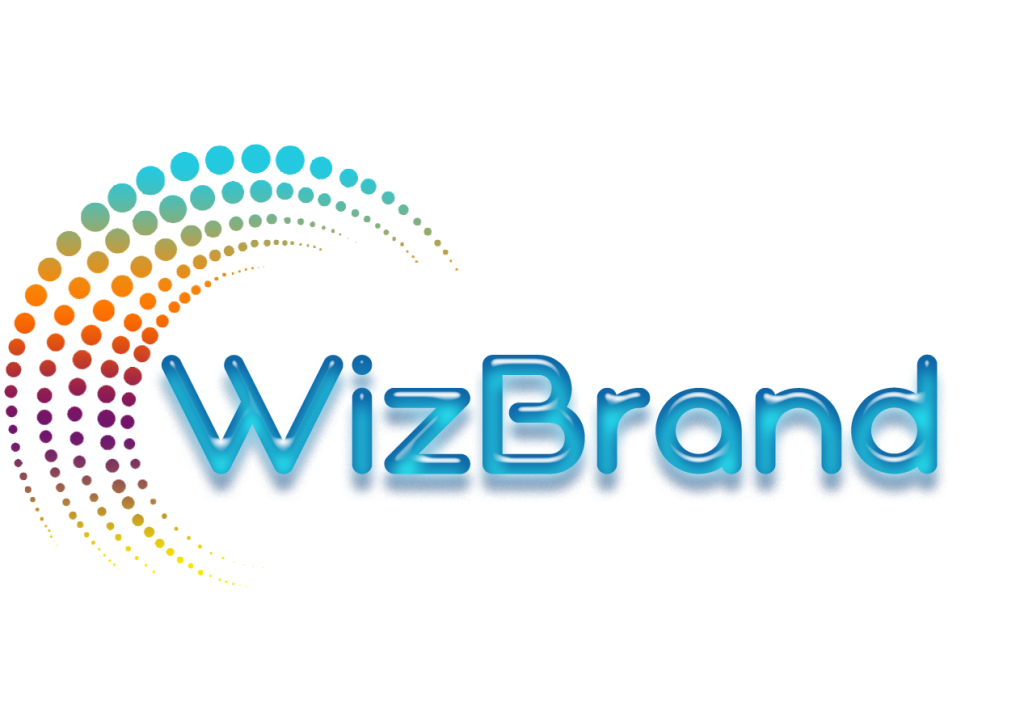
In today’s fast-paced digital world, managing a growing repository of digital assets—images, videos, documents, and more—can quickly become overwhelming. As content libraries expand, finding the right assets at the right time becomes an increasingly complex challenge. This is where metadata plays a crucial role in Digital Asset Management (DAM). By incorporating effective metadata strategies into your DAM system, businesses can streamline workflows, enhance team collaboration, and improve overall efficiency.
In this blog post, we’ll explore how metadata can be leveraged to maximize the value of your DAM system, with a special focus on how Wizbrand, one of the Best Digital Asset Management Software, helps you organize and manage your assets more effectively.
What is Metadata and Why Is It Important in DAM?
Metadata is essentially data that describes other data. In the context of DAM, it refers to the information that accompanies each digital asset to make it more discoverable and usable. Common metadata fields include titles, descriptions, tags, categories, and keywords. However, metadata can also include details such as file format, author, date created, and rights information.
Without proper metadata, even the best-organized content library will become chaotic. Finding the right asset could take hours, and content sharing would be hindered by a lack of clear categorization. Metadata helps you avoid this by making it easy to search, organize, and retrieve content quickly. When implemented correctly, metadata improves the efficiency of your team’s workflows and enhances overall collaboration.
Wizbrand’s DAM solution makes it easy to manage metadata alongside your digital assets, ensuring that your entire team can search, retrieve, and share content with ease.
How Metadata Streamlines Your Digital Workflows
One of the most significant advantages of metadata in your DAM strategy is its ability to streamline workflows. By embedding meaningful metadata into your assets, you allow your team to search, filter, and organize content more effectively.
1. Improved Searchability
The primary function of metadata is to improve searchability. When your digital assets are tagged with relevant metadata, team members can search for them by specific keywords or attributes. For example, if you have a collection of product images, metadata such as product name, category, color, and size can help your marketing team quickly find the right image for their campaign. Without metadata, team members would have to manually search through thousands of files, wasting valuable time.
Wizbrand enables businesses to tag digital assets with relevant metadata such as keywords, descriptions, and custom tags, making it easier for users to search and find assets. The system’s intelligent search functionality ensures that assets are retrieved quickly and accurately.
2. Efficient Collaboration Across Teams
In a business environment, teams from various departments—marketing, content creation, SEO, and more—often need access to the same digital assets. With the right metadata, these teams can work together more efficiently. For instance, a marketing team can search for all images tagged with “summer sale” or “new product launch” while the content team looks for media tagged with “product description” or “blog post.”
By using a centralized DAM system like Wizbrand, teams can easily collaborate, share, and access the right assets based on the metadata tags, reducing miscommunication and errors.
3. Version Control and Tracking
Another key advantage of metadata is version control. When multiple teams are working with the same assets, it’s easy for confusion to arise regarding which version of a file is the most recent. Metadata allows you to track the version of each asset, as well as when it was last updated, so your team can always work with the latest version.
Wizbrand’s DAM software enables businesses to maintain clear version histories, ensuring that no outdated or incorrect content is used in campaigns, presentations, or other projects.
Best Practices for Metadata Management in Your DAM Strategy
While metadata offers numerous benefits, it’s essential to implement best practices to fully leverage its potential. Below are some key best practices for managing metadata in your DAM system:
1. Create a Consistent Metadata Schema
Having a consistent approach to metadata is crucial for ensuring uniformity across your content library. Define a clear metadata schema that outlines which fields should be used for each asset type. For example, product images may require fields such as “product name,” “category,” “price,” and “size,” while blog content may need “title,” “author,” “publish date,” and “SEO keywords.”
Wizbrand’s customizable metadata fields allow you to define the most relevant categories for your assets, ensuring that all content is tagged and organized in a consistent way.
2. Regularly Update and Audit Metadata
Over time, assets and metadata can become outdated or incomplete. To keep your DAM system organized and efficient, regularly audit your metadata. Remove obsolete tags, update descriptions, and ensure all new assets are tagged with the correct metadata.
Wizbrand provides an easy-to-use interface for editing and updating metadata, allowing businesses to maintain an organized and up-to-date content library.
3. Ensure Metadata Is Accessible to All Team Members
For metadata to be effective, all team members need to have access to it. Make sure that your DAM system’s search functionality is set up so everyone can view and utilize metadata tags. Wizbrand’s platform ensures that metadata is visible and accessible to all users, facilitating smooth collaboration across teams.
How Wizbrand Helps Unlock the Power of Metadata

When integrated into your DAM strategy, metadata can transform the way you manage and access digital assets. With Wizbrand, you get a powerful platform that helps businesses leverage the full potential of metadata in their digital workflows.
By using Wizbrand, your business can:
- Easily tag and categorize assets for fast retrieval
- Streamline collaboration across teams with centralized metadata
- Implement clear version control to track changes and updates
- Maintain an organized and searchable content library with customizable metadata fields
If you’re looking to take your content management to the next level, explore how Wizbrand’s DAM platform can help streamline your processes and unlock the true power of metadata. You can learn more about Wizbrand here.
Conclusion: Enhance Your DAM Strategy with Metadata

Metadata is a game-changer in digital asset management. By unlocking its full potential, businesses can enhance searchability, improve collaboration, and optimize their workflows. With the right metadata strategy and a powerful DAM solution like Wizbrand, managing digital assets becomes simpler, faster, and more efficient.
If you’re ready to revolutionize your content management and improve your team’s productivity, Wizbrand is here to help. Explore Wizbrand’s platform today and take the first step toward optimizing your DAM strategy with powerful metadata.